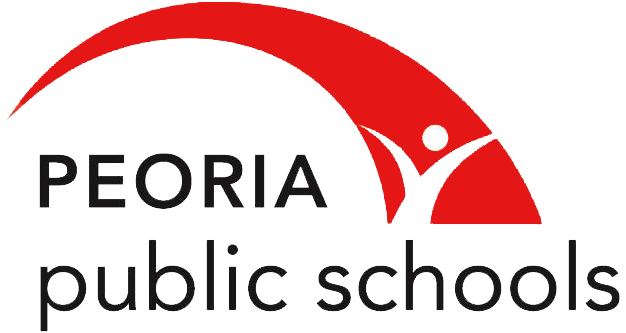Safety & Training Unit
Ms. Melanie Cadoree, Training & Safety Supervisor
There is no safer way to transport a child than in a school bus. Fatal crashes involving school bus occupants are extremely rare events, even though school buses serve daily in every community - a remarkable 8.8 billion students "to-and-from school" trips annually. Every school day, some 450,000 yellow school buses transport more than 24 million children to and from schools and school-related activities. Said another way to give perspective to the huge magnitude of pupil transportation, the equivalent of the populations of Florida, Massachusetts and Oregon ride on a school bus twice every day-almost always without a serious incident.
Safety Equipment Required on School Buses
Modern school buses (those manufactured after April 1, 1977) are equipped with more safety equipment than any other vehicle on the road. This is by design because safety regulators and state pupil transportation officials always err on the side of providing an extra margin of safety. The size of the bus alone gives it an important advantage in all but the most catastrophic circumstances. Key federal safety requirements include:
Special passenger crash protection: Well-padded, high-back, energy-absorbing seats, as well as special requirements for wheelchair restraint systems. These seating systems provide “automatic protection” for young passengers. Additionally, school bus interiors are designed to reduce the chances of injury caused by sharp edges or body panels that may tear loose in a crash.
Better brakes: Brake systems that enable the school bus to stop in a shorter distance than other large vehicles.
Warning lights: Lights and reflective devices that indicate when the bus is loading and unloading passengers.
Special mirrors: Additional mirrors that allow the driver to see all critical areas directly in front of and along both sides of the school bus.
Swing out stop arms: A stop arm that extends out to the left side of the bus to warn motorists when the bus is loading or unloading passengers.
Emergency exits: Several emergency exits, based on the capacity of the school bus.
Rollover protection: Rollover protection that reduces the likelihood of a roof collapse and allows for operable emergency exits even after the roof is subject to extreme forces.
Fuel system protection: Protected fuel tanks, and fuel pump, fuel delivery system, emissions control lines and connections to protect against fuel spills in severe crashes.
School Bus Drivers
School bus drivers are an integral part of the safe transportation of school children. While the structure of the school bus provides excellent protection in the event of a crash, it is the skill and performance of the highly trained, professional school bus driver that often prevents crashes.
School buses always are operated by drivers with a Commercial Drivers License (CDL), required by the U.S. Department of Transportation, and who have received special school bus driver training required by the state. In addition, no one can drive a school bus without first passing drug and alcohol screening and any required law enforcement background checks.
YOUR school bus drivers:
Are trained in student behavior management
Participate in pre-employment and random drug/alcohol testing
Have frequent driving record checks
Are trained in loading and unloading
Are trained in security procedures
Are trained in emergency medical procedures
The Safety and Training Unit is charged with the training of school bus drivers and monitors for Peoria Public Schools. The training curriculum is currently being updated to include subjects such as: Student Management, Special Needs Transportation, Loading & Unloading Practices, Vehicle Control, Laws Pertaining to Student Transportation, Emergency Procedures, Proper Pre-Trip and Post Trip Inspection, Customer Service and Defensive Driving.
Accident Investigation:
All accidents are reported to the Safety and Training Unit. Accident information is compiled for future training opportunities. The unit also conducts post-accident training for drivers who have preventable accidents.
